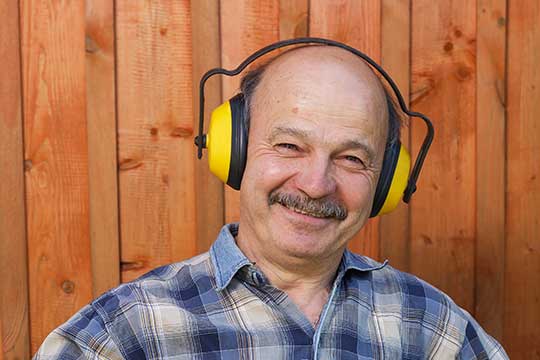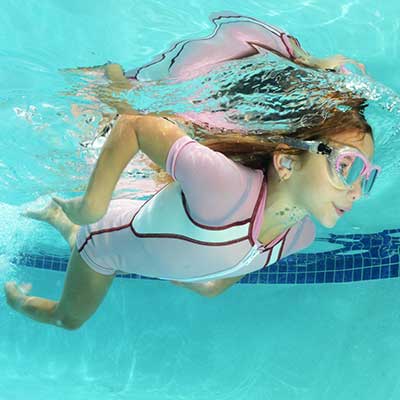What’s the Best Hearing Protection?

Ear protection has become increasingly specialized, and finding the best hearing protection is a matter of where you’ll use it and what features you need. Whether you’re looking for earmuffs to mow the lawn, earplugs to use at the shooting range, custom musician’s hearing protection to play in your band, or headphones with Bluetooth technology so you can communicate with coworkers onsite, we’ve got you covered.

What happens to your hearing if you don’t wear ear protection?
Loud sounds of 85 decibels for more than 8 hours can cause permanent hearing loss. That’s actually not as loud as many people think. Even everyday noises such as a lawnmower, snow blower, or leaf blower are louder than that. And you don’t need to be around loud noise all day to cause damage. Your earbuds can emit sounds as loud as 110 decibels. If you’re exposed to loud noise part of your day, and then listen to music later, you can develop hearing loss. Construction workers can have permanent hearing loss after just one day of work.
Ear protection and earmuffs with Bluetooth
If you need ear protection at work to block out dangerous, loud noise but still need to communicate with others, you probably need ear protection with Bluetooth connectivity. These types of hearing protection will allow you to communicate with your coworkers without removing your earmuffs or headset. Your ears will be protected, and you’ll still be able to hear instructions, warning bells, and more. Ask us what type of hearing protection is best for your environment.


Ear protection for swimming
Ear plugs or custom molds protect your ears from infections, surfer’s ear and future hearing loss. There are two primary types of ear protection commonly used by swimmers: custom molds and earplugs. Custom molds, made by taking impressions of the individual’s ear canal, provide an optimal and snug fit, effectively sealing out water and preventing ear infections. They are particularly beneficial for professional swimmers and those with chronic ear problems. On the other hand, earplugs, available in various materials and designs, offer a more affordable and versatile option. They help reduce the risk of swimmer’s ear, a painful condition caused by water trapped in the ear canal. Whether you’re a competitive athlete or a recreational swimmer, protecting your ears with these devices ensures you can enjoy the pool or open water without compromising your hearing or health.